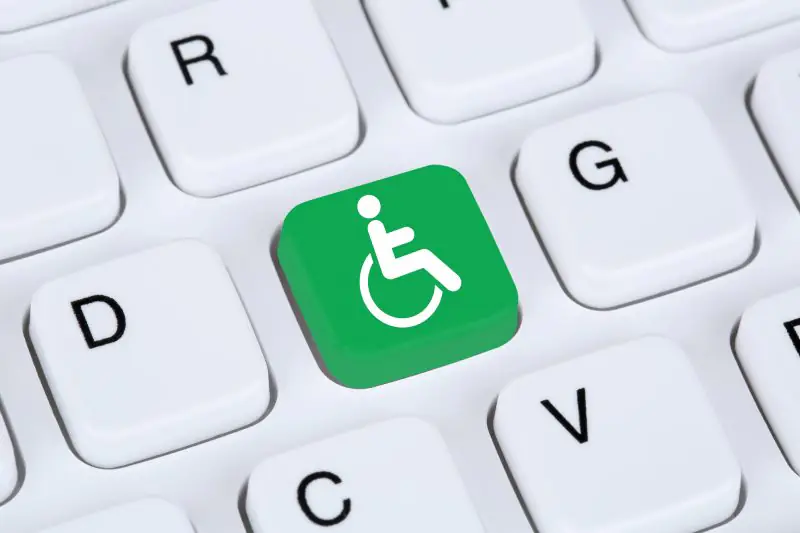
“The power of the web is in its universality. Access by everyone regardless of disability is an essential aspect.” Tim Berners-Lee.
In the U.S, most federal agencies and institutions are required to be 508 Compliant and across the world, courses and web pages need to adhere to WCAG requirements. Both these requirements are geared to make web content accessible to all learners including those who are differently-abled.
Though accessibility, on the surface, seems to be a straightforward requirement, to make an eLearning course truly accessible to all learners is a challenge. You need to first understand the requirements of differently-able learners and the solutions to address these.
Five User Profiles
Knowing the various user profiles that you need to address is crucial in ensuring that the courses are accessible. There are five user profiles to keep in mind while designing for accessibility. You may not be required to cover all the user profiles in your learning solution.
1. Individuals with visual disabilities
Individuals with visual disabilities have challenges using eLearning courses since these rely on visuals for teaching. The possible solutions for the challenges faced by these individuals are as follows:
- Provide text descriptions in the alt attribute since they are unable to see images, photos, graphics
- Allow the users to skip items that might be difficult or tedious to listen to by adding links.
- Avoid asking the learner to use the mouse extensively, if this cannot be avoided, suggest keyboard alternatives.
- Avoid relying on color alone to convey meaning
- Offer audio descriptions of elements in videos that are not covered in audio alone. For example, if there are actions that a character does in the video, describe these in the audio.
- Individuals with color blindness may require additional considerations such as ensuring there is sufficient contrast in the colors used for a course.
2. Individuals with hearing loss
There are varying degrees of hearing loss, from mild hearing loss to profound hearing loss. For these users, you will need to provide transcripts for audio clips and provide synchronous captioning for video clips.
3. Individuals with deaf-blindness
Deaf-blindness is a condition when the individual is both deaf and blind. When accessing web content, they generally use a Braille device that enables them to access the text content of a web page and provides alternative text for images.
4. Individuals with motor disabilities
Users with motor disabilities include those who have spinal cord injuries or the loss or damage of limb(s). The challenges faced by these users and the possible solutions are as follows:
- Ensure that all functions are accessible by using the keyboard. These users may rely on voice-activated software. This software cannot duplicate mouse movement as successfully as the keyboard can.
- Ensure that your pages are ‘error-tolerant’. For example, if the user deletes something, display the message asking them if they are sure they want to delete the file.
5. Individuals with cognitive disabilities
Individuals with learning or cognitive disabilities may be able to function adequately even with the disability. For these users, simplify the layout as much as possible. You can also organize information in manageable chunks and use minimal text.
How are you ensuring accessibility in your learning designs? What are some of the solutions that you have used to make eLearning accessible? Do share your thoughts in the comments below.





